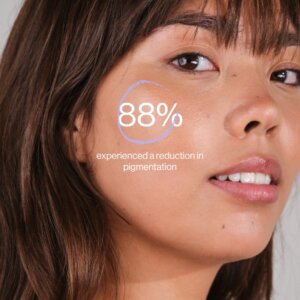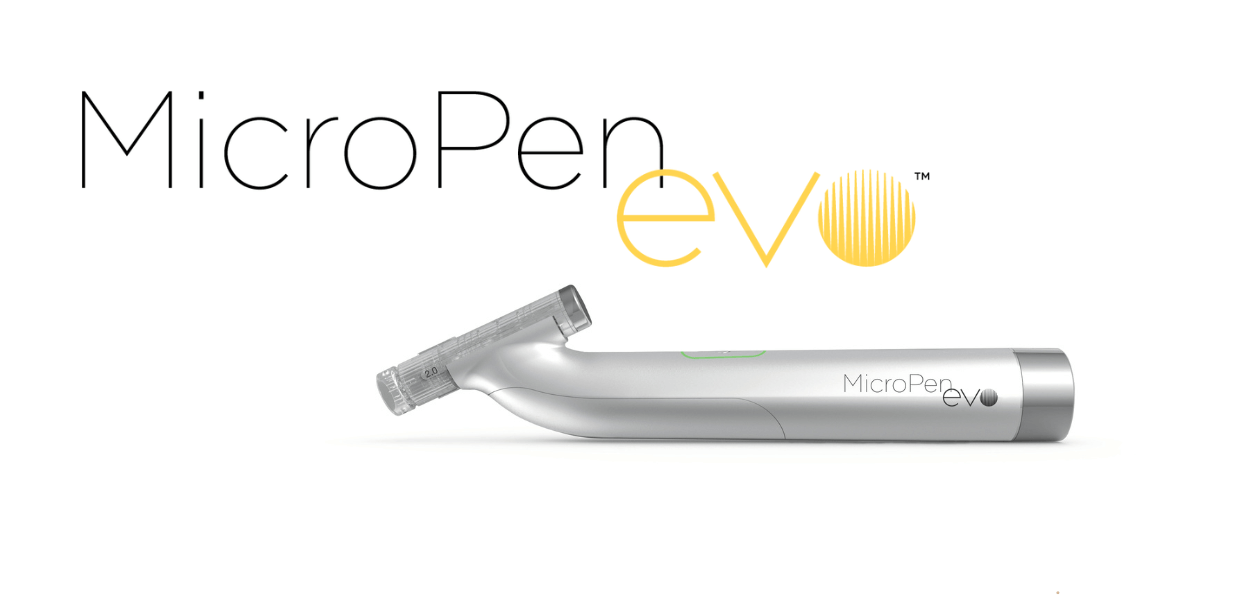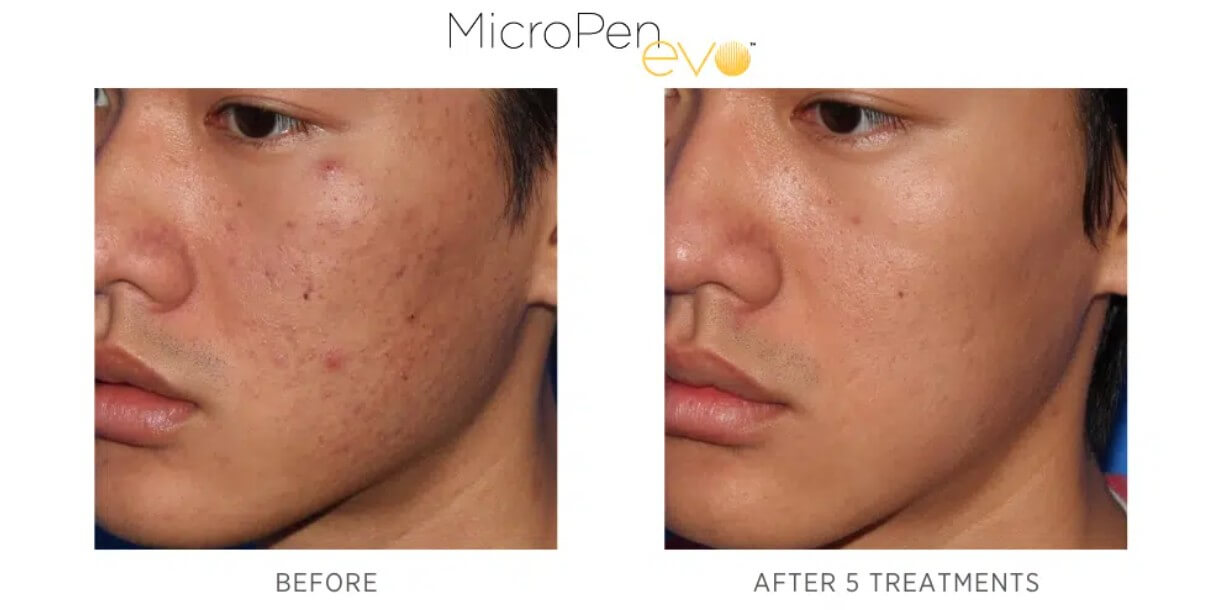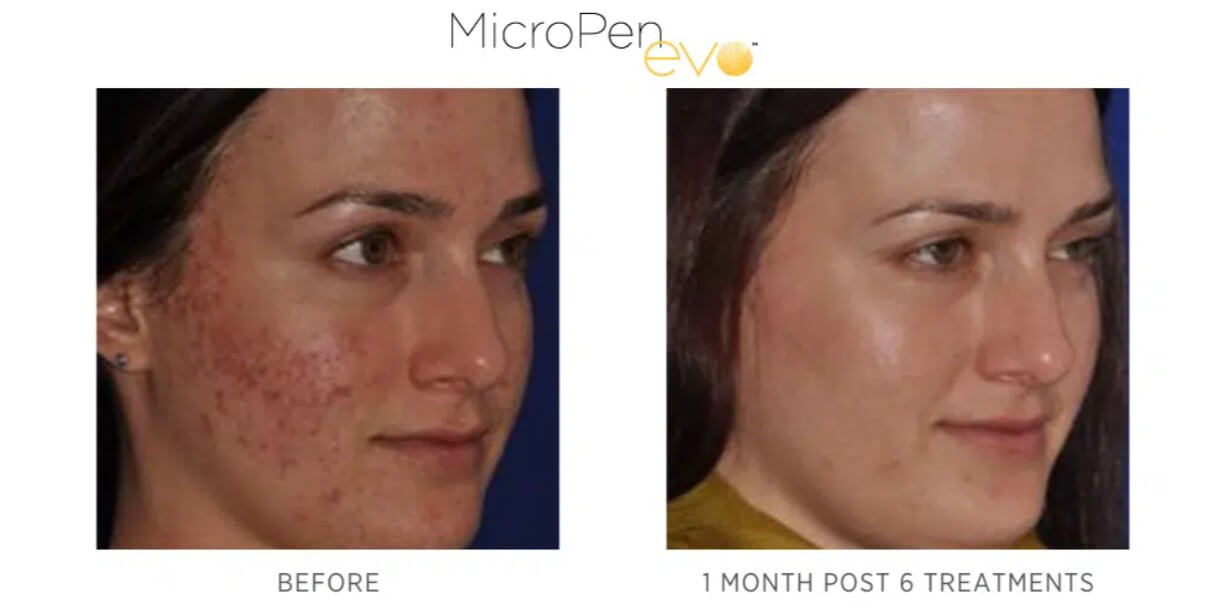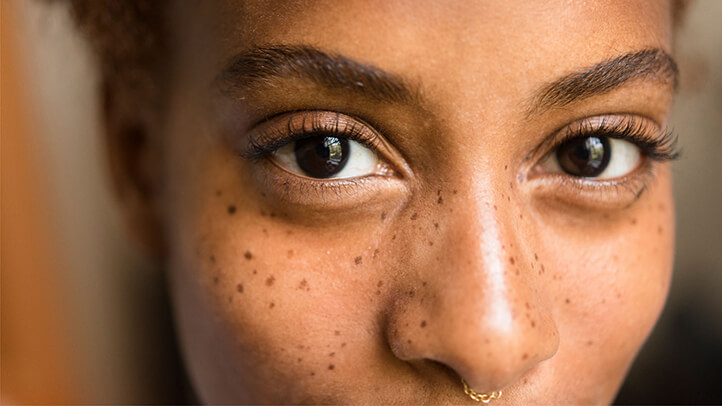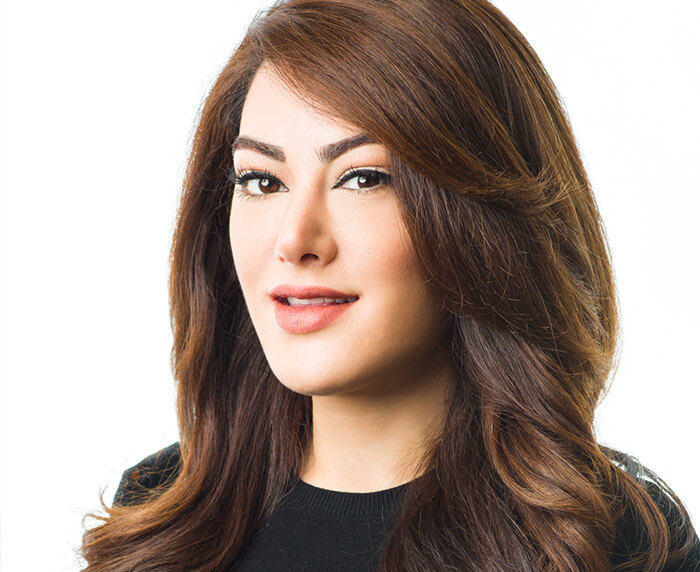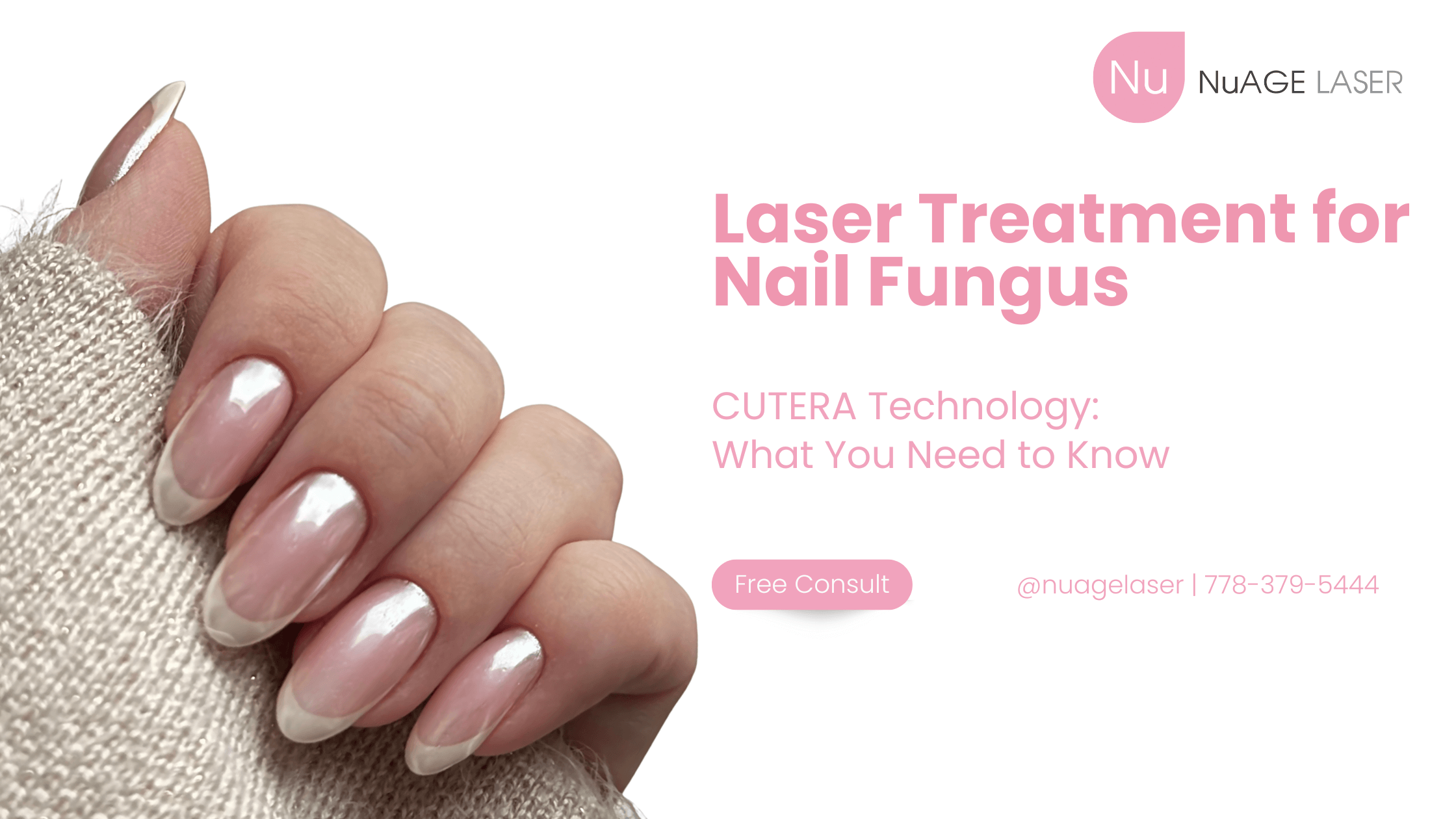
Say farewell to thick, discoloured nails!
Have you been missing the pedi to your mani? Perhaps you’ve felt pressure to commit the ultimate fashion crime (socks and sandals). You may simply just feel stuck and unsure of why that toenail isn’t looking like it used to…
Toenail fungus—also known as onychomycosis—is one of the most common and stubborn nail conditions. It can cause discoloration, thickening, brittleness, and discomfort, and it rarely clears on its own. While topical creams and oral medications help some people, they often require long-term use and still deliver mixed results.
That’s where CUTERA laser technology comes in. CUTERA’s advanced medical-grade lasers offer a modern, non-invasive solution designed to target and destroy the fungus at its source. For many guests, laser is a cleaner, easier, and more effective alternative to traditional treatments.
How CUTERA Laser Works on Toenail Fungus
CUTERA’s laser systems use targeted light energy that passes safely through the nail to heat the fungus living underneath. The key benefits lie in the laser’s precision—its wavelength penetrates deeply enough to reach fungal colonies while avoiding damage to surrounding skin or tissue.
Here’s what the process looks like:
1. Heat-Based Destruction of Fungus
Fungal organisms are sensitive to temperature. The laser raises the temperature within the nail plate and nail bed to a level that destroys the fungus without harming healthy tissue.
2. No Downtime
The procedure is clean, quick (typically 10–20 minutes), and requires no anesthesia or recovery time.
3. Targets the Root Cause
Unlike topical creams that cannot easily penetrate the nail, laser energy reaches deep below the nail surface, helping to address the infection at its source.
4. Promotes Clear Nail Regrowth
After the fungal colony is eliminated, the nail can gradually grow out healthier and clearer over several months.
What to Expect During a CUTERA Laser Session
Most guests describe the treatment as a series of warm sensations as the laser passes over the affected areas of the nails. Each nail is treated individually to ensure proper coverage.
The appointment typically includes:
- A check-in and examination of the nails
- Home-care instructions
- The laser passes over each affected nail
- Post-care instructions
The entire visit is usually under 20 minutes, depending on how many nails are treated.
How Many Sessions Do You Need?
Toenail fungus is persistent, so multiple treatments are common. Most patients require 4-20 sessions (depending on severity). You’ll start with one treatment per week for one month and then one treatment bi-weekly or monthly until cleared. Improvement is gradual because nails grow slowly, but many people notice healthier-looking new growth within 8–12 weeks. We have packages! Buy 6 treatments, and we’ll reward you with 2 free sessions.
Why Choose CUTERA Laser Technology?
CUTERA is known for its precision, reliability, and comfort-focused design. Advantages include:
- Non-invasive & drug-free
- Minimal discomfort
- Safe for all skin types and ages
- High success rates, when combined with proper aftercare
CUTERA lasers are also trusted across dermatology and medical aesthetics, making them a respected choice for treating stubborn fungal infections.
Aftercare and Prevention Tips
Laser treatment is highly effective, but good hygiene helps prevent reinfection. Experts recommend:
The most common reason for ongoing Toenail/Nail Fungus is trapped moisture.
We would like guests to keep the area dry and prevent water from accumulating.
Here are some helpful suggestions:
- Blow-dry your feet after showering
- Apply Anti-fungal medication each night before going to bed, after showering, after swimming and after a dip in the hot tub
- Do a vinegar soak as frequently as possible
- If you walk to work, you may change your shoes upon arrival. Having separate indoor/outdoor shoes will prevent moisture buildup throughout the day
- Alternating shoes every other day so that your shoes fully dry before wearing them
- When possible, avoid nail polish, gel nails and extensions until the nails have fully healed
- Allow them to get as much sunlight and air as possible
- Vinegar Soak
We advise you to do a foot soak with water, Himalayan salt, and vinegar. Around 10-20 mins a day. The soak changes the PH level and interrupts the environment fungus thrives.
- Skin Brushing
Skin Brushing stimulates our lymphatic system and increases overall blood flow. Healthy blood flow is essential and beneficial because blood carries oxygen and nutrients to all cells. A helpful suggestion is to use a Skin Brush instead of a luffa when taking showers.
- Probiotics
Toenail or Nail Fungus has been linked to diet. It is said that overgrowth of gut fungus can prolong toenail or nail fungus. Sweet foods are known to encourage fungal overgrowth. Probiotics can help with this, but consult your family doctor first. You may also work with a Naturopathic doctor.

With good aftercare, results are longer-lasting, and clearer nails grow in more quickly.
Is CUTERA Laser Right for You?
If you’ve tried creams, natural remedies, or medication without success—or if you’re looking for a safe, non-drug option—CUTERA laser is an excellent treatment to consider. It offers a clean, modern solution that directly targets the fungus without the side effects associated with oral medications.
Always consult with a licensed provider to assess your nails and determine the best treatment plan. Would you like to learn more?
Put your best foot forward and book a consultation today!


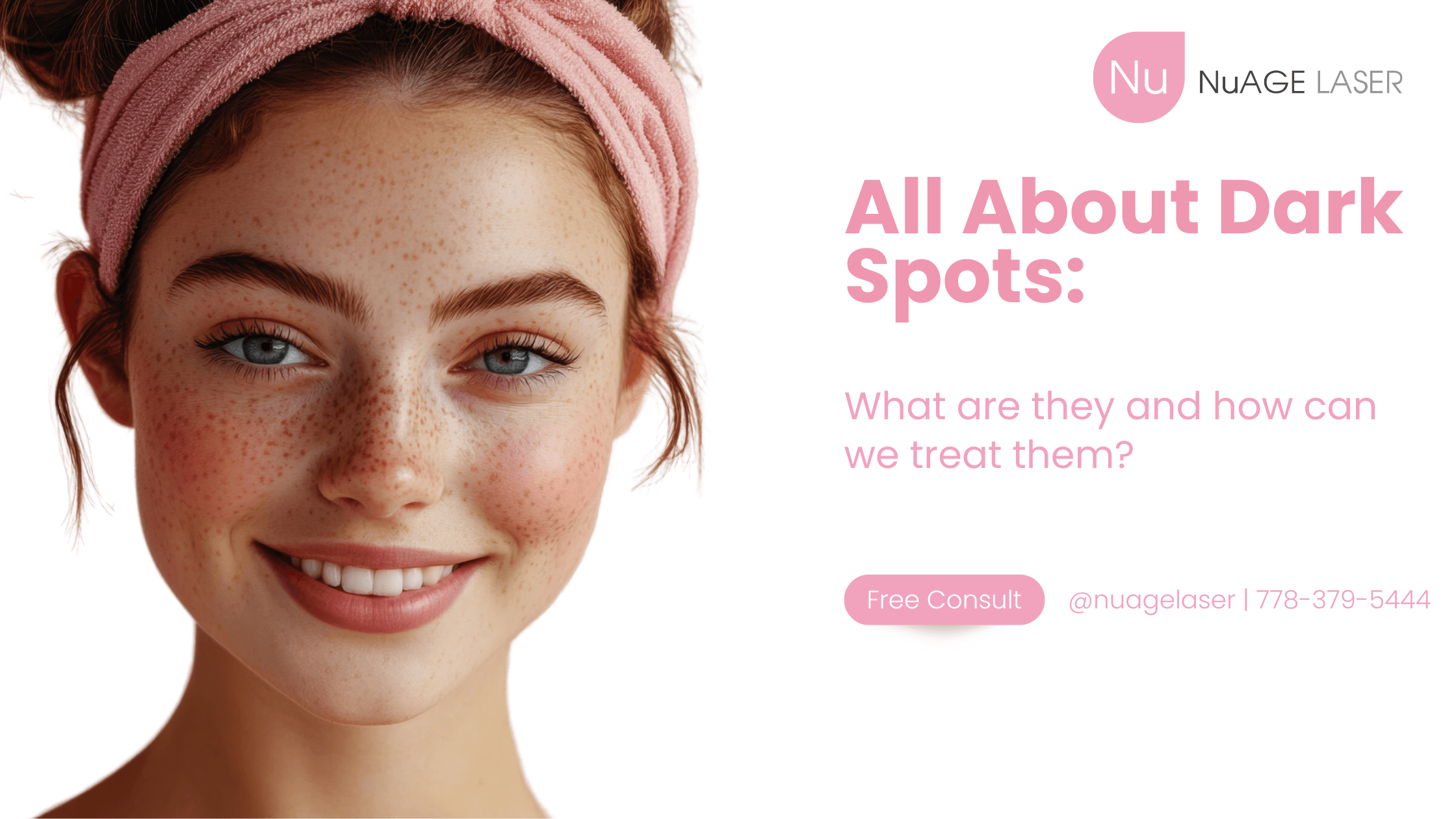


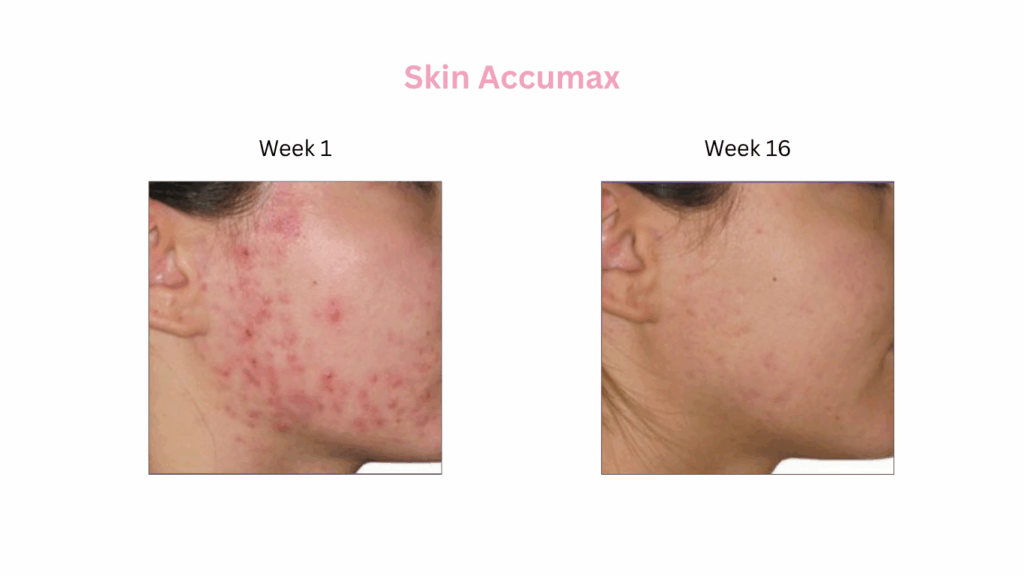 With a unique blend of
With a unique blend of 
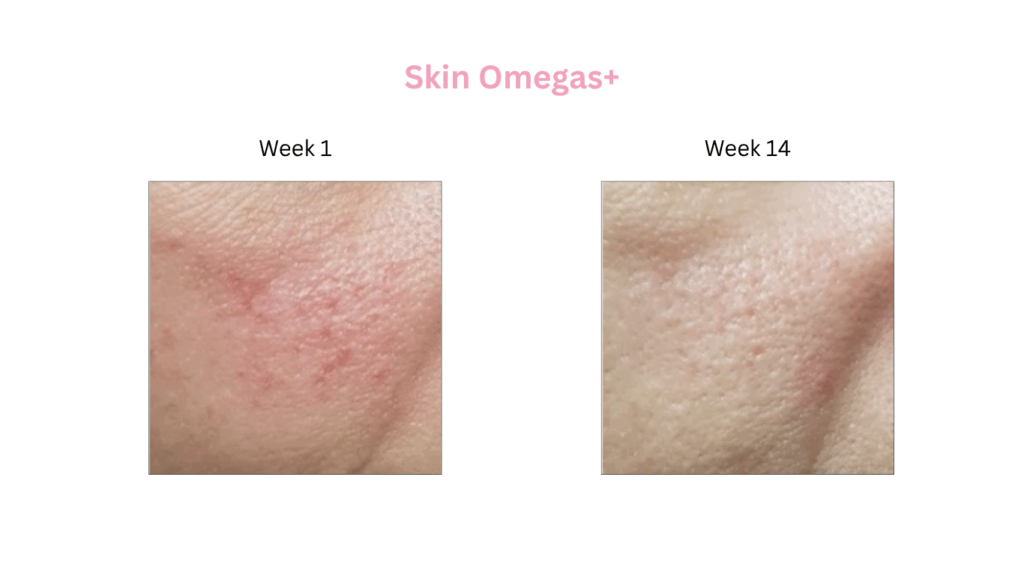
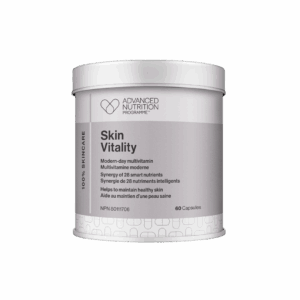
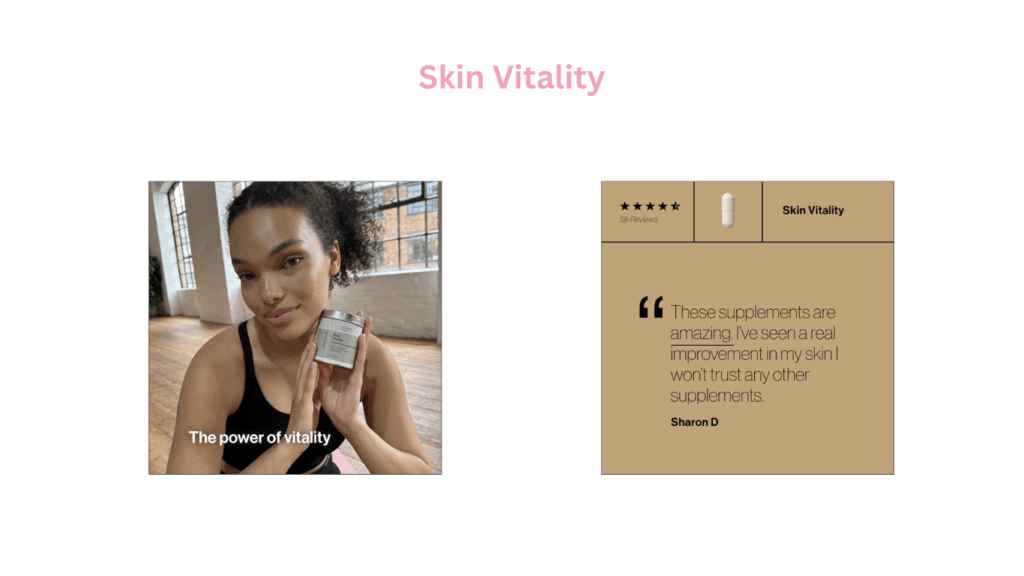

 This power duo of Vitamin A+ and Antioxidants provide anti-aging properties for all skin types. They encourage skin cell renewal and enhance
This power duo of Vitamin A+ and Antioxidants provide anti-aging properties for all skin types. They encourage skin cell renewal and enhance 
 Combining
Combining 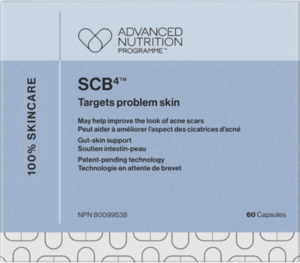
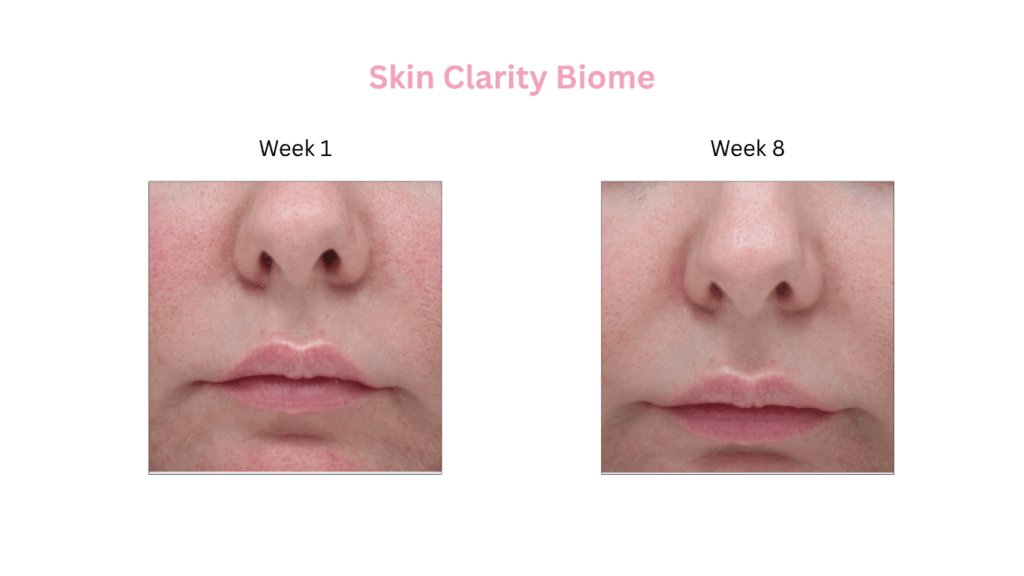 A unique fusion of
A unique fusion of 


